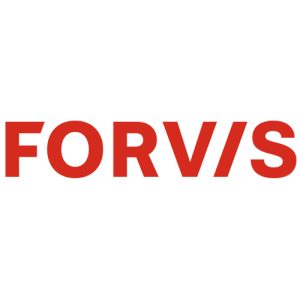Many banks have heard interest income in Kansas may not be taxable for the coming year, and you may be wondering, is it all interest? Interest is a broad term. Is it interest from new loans? Is it cash or accrual-based interest? Good news! The Kansas Department of Revenue (KDOR) and the Kansas Bankers Association have worked together to provide guidance on these questions and others like them.
If you have not heard, during the 2021 Legislative Session, Senate Bill 15 was passed and signed into law. Section 10 of the Bill amended K.S.A. Section 79-1109 to add a new deduction on form K-130 for certain interest income. The deduction is available for tax years starting after Dec. 31, 2022, and is specifically available to national banking associations, state banks, trust companies and savings and loan associations. So, what is “certain interest income,” and how is the deduction calculated?
For this purpose, Kansas defines interest as:
“…interest on indebtedness attributed to Kansas and incurred in the ordinary course of the active conduct of any business and interest on indebtedness incurred that is secured by a single-family residence.” 1
The KDOR additionally stated that origination fees on the applicable loans constitute interest income for the computation of this deduction. The interest income used in the calculation will need to follow the same method of accounting that is used on the tax return, and the applicable loans apply to more than just loans created after Dec. 31, 2022 (although the deduction only applies to the interest earned on the loan during the year).
Not all loans will qualify for the deduction. Taxpayers will need to search their loan portfolio for “qualified agriculture real estate loans” and “single-family residence loans,” defined respectively as:
2) … Loans made on real property that is substantially used for the production of one or more agricultural products and that:
- Have maturities of not less than five years and not more than 40 years;
- are secured by a first lien interest in real estate, except that the loans may be secured by a second lien interest if the institution also holds the first lien on the property; and
- have an outstanding loan balance when made that is less than 85% of the appraised value of the real estate, except that a loan for which private mortgage insurance is obtained may exceed 85% of the appraised value of the real estate to the extent the loan amount in excess of 85% is covered by such insurance;
3) … A residence that:
- Is the principal residence of its occupant;
- is located in Kansas, in a rural area as defined by the United States Department of Agriculture that is not within a metropolitan statistical area and has a population of 2,500 or less as determined by the most recent census for which data is available;
- and is purchased or improved with the proceeds of the loan2
Based on the language of the statute, the interest on cross-collateralized with non-agricultural real estate loans should qualify for the exclusion calculation, provided the loan is for the qualified rural residence or agricultural real estate.
K.S.A. 79-1109(c) states that the qualified agricultural real estate loan only needs to be attributable to Kansas, which means either property located in Kansas or a qualified loan made to a Kansas resident for property outside of Kansas. Home equity loans used to improve the property would also be eligible.
How do you know if a single-family residence is located within a community of 2,500 people or less? The definition of a nonmetropolitan statistical area is patterned after federal law. Federal resources are available to assist with determining areas that meet this definition. Additionally, federal law states that “area” can mean community, township, city, county or other contained region.
Now that the loans have been identified, you can calculate the deduction. You will perform the calculation separately using agricultural loans for one and residential loans for the other. You will take the ratio of the net interest earned on the qualified loans divided by the total interest income earned for the year and multiply that ratio by net income without regard to the deduction. Net income is defined in K.S.A. Section 79-1109 and is net income after apportionment plus income from U.S. obligations or securities and exempt income from the state or political subdivision, less dividends received from stock issued by Kansas Venture Capital, Inc., interest paid on time or borrowed money, and dividends paid on withdrawable shares of savings and loan associations, to the extent not already included in Kansas taxable income.
If you have questions, reach out to a professional at FORVIS.
1 Kan. Stat. Ann. § 79-1109-(c)(1) (2021)
2 Kan. Stat. Ann § 79-1109-(c)(2) & (3) (2021)









